Pink Bourbon: a new darling of specialty coffee?
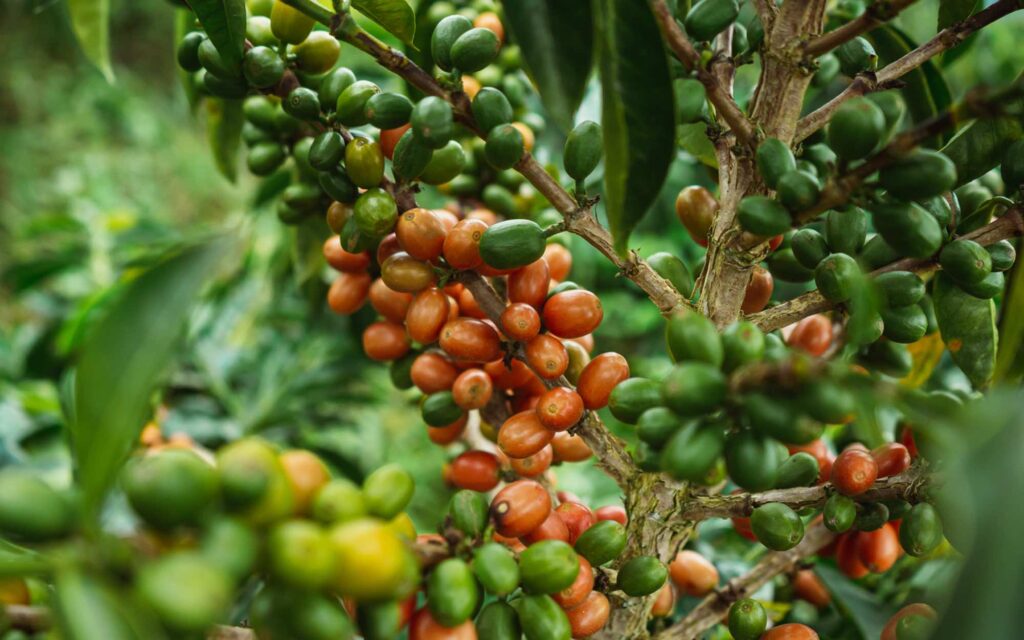
It’s no secret that the specialty coffee sector loves new and exciting arabica varieties – and this is most notable at competitions.
During the final round of 2023 World Barista Championship, we saw two competitors use the Pink Bourbon variety. Known for its slight pink hue and complex flavour profile, interest in this variety has been growing for some time now.
There is, however, very little verified information available about the origins of Pink Bourbon – which of course restricts our understanding of this unique variety.
But given that more and more roasters and coffee shops have started to offer this coffee in recent years, does it have potential to reach the same heights as Gesha or other similar varieties?
To find out more, I spoke to Rodrigo Sanchez Valencia, a producer at Finca Monteblanco and Aromas del Sur, Boram Um, co-owner of Um Coffee Co. and Fazenda Um, and Isaiah Sheese, owner of Archetype Coffee. Read on to learn what they had to say.
You may also like our article on the Ombligon variety.
What is Pink Bourbon & where does it come from?
Like many other new or “rediscovered” arabica varieties (or even species), the exact origins of Pink Bourbon are unknown.
Rodrigo is a producer and the owner of Aromas del Sur – a co-operative which unifies all the farms he owns and manages. He is often credited for helping to discover the Pink Bourbon variety.
“As part of a joint effort with importers and exporters that we were working with at the time, the Aromas del Sur team found Pink Bourbon in 2013,” he says. “We believe it’s native to southern Huila in Colombia.”
According to Rodrigo, the variety first appeared in the San Adolfo area of the Acevedo municipality in Huila during the 1980s.
“There is no verified information about its specific origins,” he tells me. “When coffee leaf rust (la roya) first appeared in the region in the 1980s, more producers started to grow this variety unknowingly because it was resistant to the disease – and was highly adaptable to its environment and produced higher yields.
“We were one of the first producers to grow Pink Bourbon as a commercial crop, so we set out to find other farmers who were growing smaller quantities and were unaware of its quality potential,” he adds.
Dispelling prior claims about Pink Bourbon
It’s common to hear that Pink Bourbon is a natural hybrid of Red and Yellow Bourbon varieties. However, recent research is likely to have disproved this theory.
In late September 2023, Café Imports published an article stating that after conducting genetic testing in partnership with RD2 Vision, Pink Bourbon is likely to have come from an Ethiopian landrace variety.
However, it’s important to note that this research has not been scientifically verified, so the variety’s exact origins and heritage can’t be known for certain.
Growing Pink Bourbon
Even in optimal environmental conditions, Pink Bourbon is challenging to grow successfully. Not only do producers need to meticulously maintain plants, they must also isolate them from other varieties to ensure successful cross-pollination.
Rodrigo, meanwhile, says Pink Bourbon’s resilience and productivity are beneficial.
“To date, we’re not aware of any diseases which it’s susceptible to,” he explains.
Boram is the 2023 World Barista Champion, and used Pink Bourbon from his farm in Brazil in his winning routine. He tells me his experience growing this variety is very different to Rodrigo’s – possibly due to different terroirs in Brazil and Colombia.
“Pink Bourbon is very susceptible to certain diseases and fungus, which is why we grow it in a controlled and safe environment,” he says.
Isaiah Sheese placed fourth at the 2023 World Barista Championship, and also used Pink Bourbon. He says he has noticed subtle differences in the variety’s physical characteristics.
“Some cherries are longer and thinner like Gesha or Ethiopian landrace varieties,” he explains. “However, we have also seen cherries which are rounder, and therefore more dense – which could be a result of growing at a higher elevation.”
One of the variety’s most distinctive traits, of course, is its slight pink hue.
“The cherries are orange or salmon-coloured,” Rodrigo says. “The plants also have more elongated leaves, which are light green or yellow-green in colour. Newer leaves start off as more orange coloured.”
What does it taste like?
Pink Bourbon not only stands out for its strikingly-coloured cherries, but also for its sweet and complex flavour profile.
“It’s usually more acidic – like citrus fruit flavours – with delicate notes of white florals and honey-like sweetness,” Boram says.
Isaiah agrees, telling me: “Pink Bourbon usually cups similarly to washed Ethiopians or Panamanian Geshas – with floral, pink lemonade, honeysuckle, and jasmine flavour notes, and a very elegant silky texture.”
Rodrigo, meanwhile, often picks up more tropical tasting notes.
“It’s a very complex coffee, with flavours of peach, papaya, and melon, as well as more floral notes such as jasmine, rose, and green tea,” he says. “It’s a very balanced coffee in terms of body and acidity.”
Using different processing techniques to highlight certain flavours
Similar to other varieties, choosing specific processing methods can help make Pink Bourbon stand out even more.
Rodrigo explains he has found that Pink Bourbon cherries contain higher amounts of sugar (or have a higher Brix level) than other varieties, which makes them adaptable to different processing methods.
“We can use a diverse range of processing techniques, ranging from conventional methods to more unique processes, such as cold fermentations and thermal shock,” he tells me. “Personally, in terms of improving complexity, I prefer using cold fermentation.”
For Boram, the variety’s stand-out flavour profile worked well with anaerobic fermentation – which led him to choose it for his WBC routine.
“I’ve found that anaerobic fermentation processing methods bring out its best potential, but the key factor is drying the cherries properly,” he says. “We slowly dry the coffee in a temperature and humidity-controlled dark room with no UV light.
“We then manage to highlight more of the sweet floral and honey notes,” he adds. “Pink Bourbon is a fairly new variety to Brazil, so it’s important that more producers try growing it, too.”
For his World Barista Championship performance, Isaiah used a Pink Bourbon sourced by one producer (Lucy Galindez of Finca Bella Vista in Colombia), and then processed by another (Diego Bermudez of Finca El Paraiso). Diego is well-known for creating the thermal shock process.
“We have always loved fully washed Pink Bourbon,” Isaiah says. “But when we tasted it using Diego’s two-stage thermal shock fermentation, it elevated the flavour notes even more. We were blown away.”
Roasting Pink Bourbon
With roasters offering more and more unique varieties, they often need to tweak their roast profiles accordingly to get the best results – and Pink Bourbon is no exception.
Isaiah worked with his team at Archetype Coffee to roast his competition coffee, which was roasted for espresso.
“Compared to washed Pink Bourbon, the two-stage thermal shock processing method definitely changes how this coffee reacts to heat when roasting – it’s similar to a natural process coffee,” he says. “While washed coffees generally require a more aggressive and upfront approach, you need to be more gentle when you start roasting thermal shock processed coffee.
“What’s more, we used the Stronghold S7 to roast my competition coffee, which is a very different style of roaster than a traditional drum machine because it also includes a halogen-powered heat source,” he adds.
Boram also had to adjust his roasting technique for his Brazilian Pink Bourbon – which he explains was largely because of different climatic conditions.
“Coffees in Brazil are usually grown at lower altitude in a different kind of terroir, so they tend to be less dense,” he tells me. “So we roasted the coffee for longer using lower temperatures to make sure it developed properly.”
Could the market for Pink Bourbon grow in the coming years?
It’s clear the market potential for Pink Bourbon is huge, with interest in this variety steadily rising year after year. But considering that some farmers face a number of challenges when it comes to scaling production, we may not get to see the variety in as many coffee shops and roasteries as we would like in the coming years.
Rodrigo, however, is hopeful that Pink Bourbon has a permanent place in the Colombian specialty coffee sector.
“Pink Bourbon will remain one of the most important varieties in our market,” he says. “We are proud to be the pioneers of growing this coffee.”
Boram also believes the success Rodrigo and other Colombian producers have experienced with this variety could help increase its production – as well as in other countries.
“Given that Colombia produces such high-quality Pink Bourbon, I hope this will increase peoples’ interest in this variety, including in Brazil,” he concludes.
Specialty coffee is always on the lookout for the latest “it” variety, and now more than ever, there are many options to choose from.
Pink Bourbon is eye-catching for a number of reasons, including its complex and desirable flavour profiles. As a result, there is certainly potential for this variety to become a new darling of specialty coffee – but this may take some time.
Enjoyed this? Then read our article on the Typica Mejorado variety.
Photo credits: World Coffee Events, Specialty Coffee Association, Aromas del Sur
Perfect Daily Grind
Want to read more articles like this? Sign up for our newsletter!
The post Pink Bourbon: a new darling of specialty coffee? appeared first on Perfect Daily Grind.
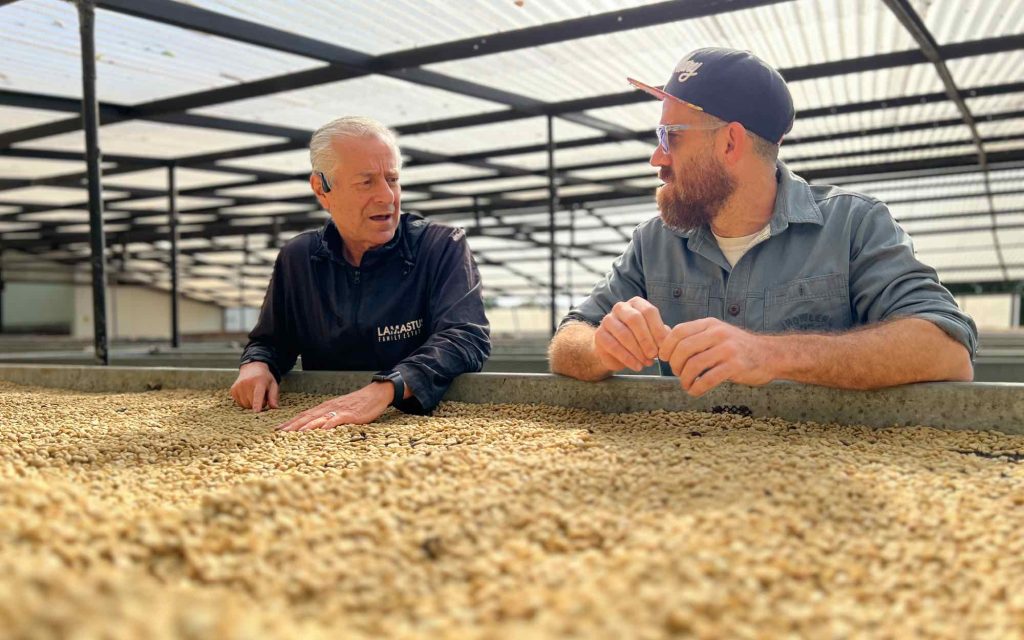
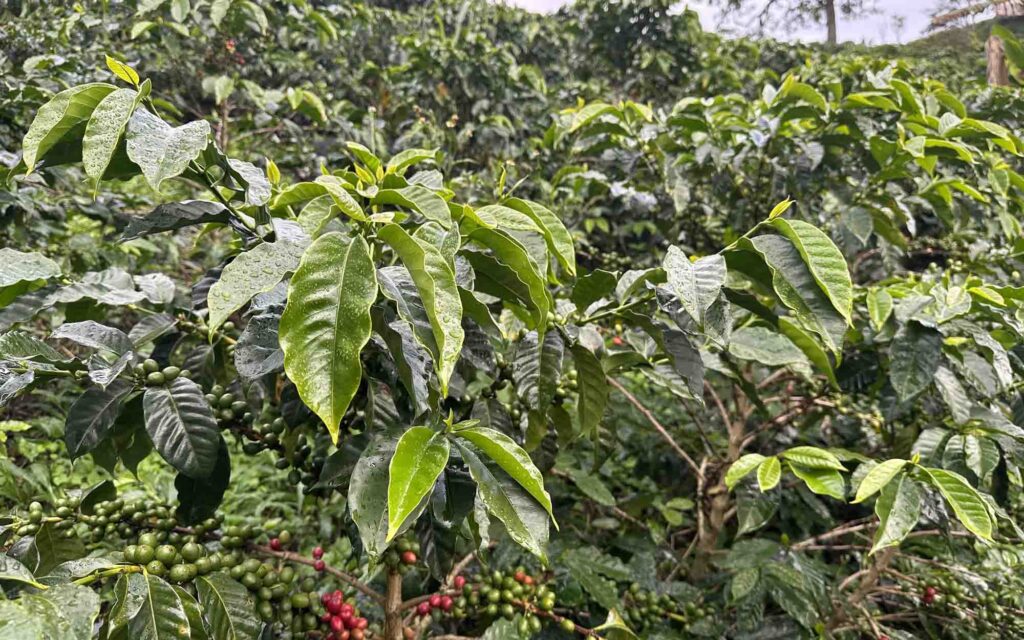

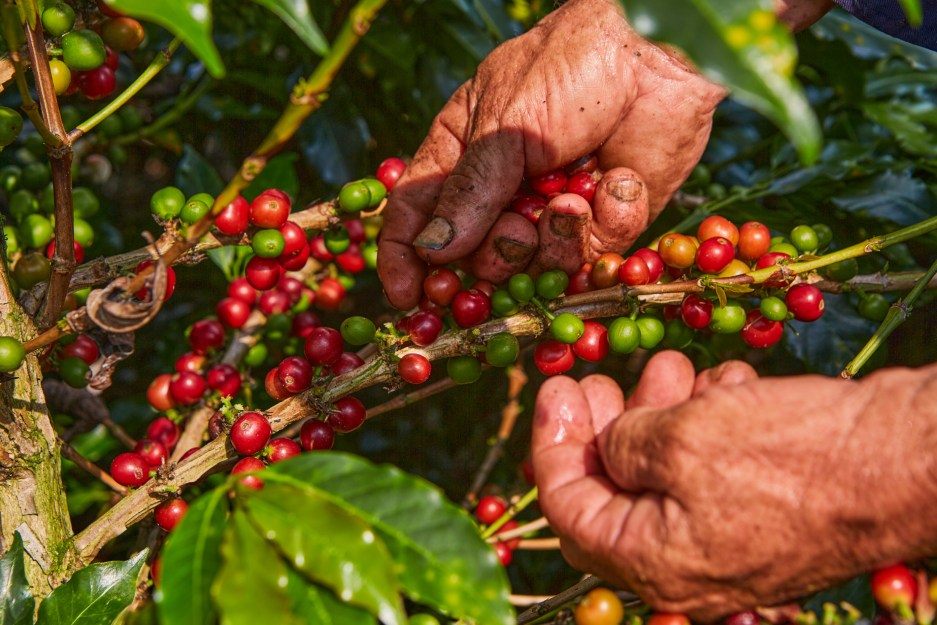
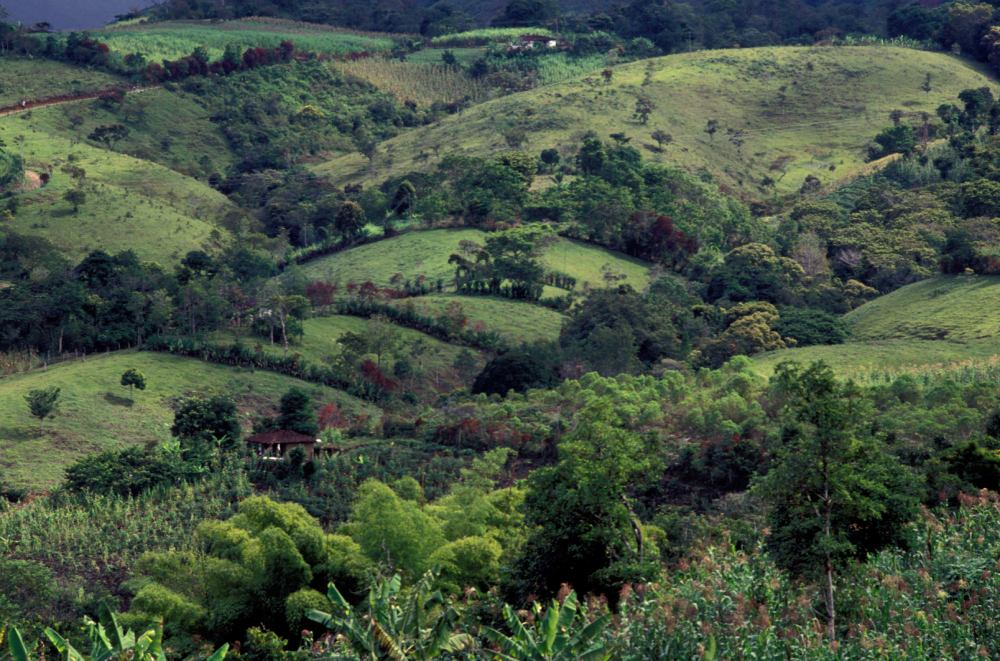
Responses